San Francisco piranha - Pygocentrus piraya
Scientific name: Pygocentrus piraya
Common name: San Francisco piranha
Family: Serrasalmidae
Usual size in fish tanks: 30 - 35 cm (11.81 - 13.78 inch)
014
Recommended pH range: 6.3 - 7.2
Recommended water hardness: 6 - 16°N (107.14 - 285.71ppm)
0°C 32°F30°C 86°F
Recommended temperature range: 24 - 27 °C (75.2 - 80.6°F)
The way how these fish reproduce: Spawning
Where the species comes from: South America
Temperament to its own species: peaceful
Temperament toward other fish species: aggressive to smaller
Usual place in the tank: Middle levels
Diet and Feeding
San Francisco Piranhas are not picky eaters and will consume a variety of foods. For a balanced diet, offer them high-quality flake foods and pellets as a staple. However, due to their carnivorous nature, it's crucial to supplement their diet with protein-rich foods such as shrimps, earthworms, mussels, and squid. These foods help maintain their health and vitality. Feed them consistently but avoid overfeeding to prevent health issues and maintain water quality.
Origin
Native to South America, the San Francisco Piranha is exclusively found in the Rio Sao Francisco in Brazil. This species thrives in its natural river environment, where it navigates the complex currents and diverse ecological system. Understanding their natural habitat is essential for replicating conditions within the home aquarium.
Sexing
Sexing San Francisco Piranhas is challenging as there are no distinct external differences between males and females. This characteristic makes breeding and sexual identification difficult for aquarists.
Breeding
Breeding San Francisco Piranhas in captivity has not been documented. Their reproductive habits in the wild involve complexities not yet replicated in home aquariums, making breeding observations and studies quite rare.
Lifespan
San Francisco Piranhas can have a long lifespan under optimal conditions. While some individuals have been known to live up to 20 years, the typical lifespan in captivity is around 10 years. This longevity is contingent on excellent water quality, proper diet, and a well-maintained environment.
Short Description
San Francisco Piranhas, especially the mature Pygocentrus piraya, should generally be kept alone due to their cannibalistic nature towards each other as they age. While juveniles can be housed in groups, they should be separated once mature to prevent aggression and potential injury. These fish produce a significant amount of waste, necessitating a large tank with efficient filtration and frequent, substantial water changes to maintain a healthy environment. Despite their sometimes timid appearance, San Francisco Piranhas are capable of delivering painful bites, so caution is advised during tank maintenance or any interaction.
Picture
Bought by aqua-fish.net from jjphoto.dk.
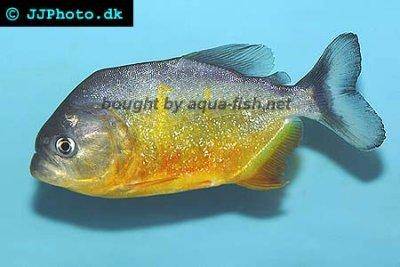

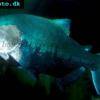 Black
Black 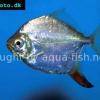 Redhook
Redhook 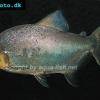 Red
Red 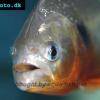 Orinoco
Orinoco  Red
Red 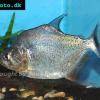 Pinche
Pinche